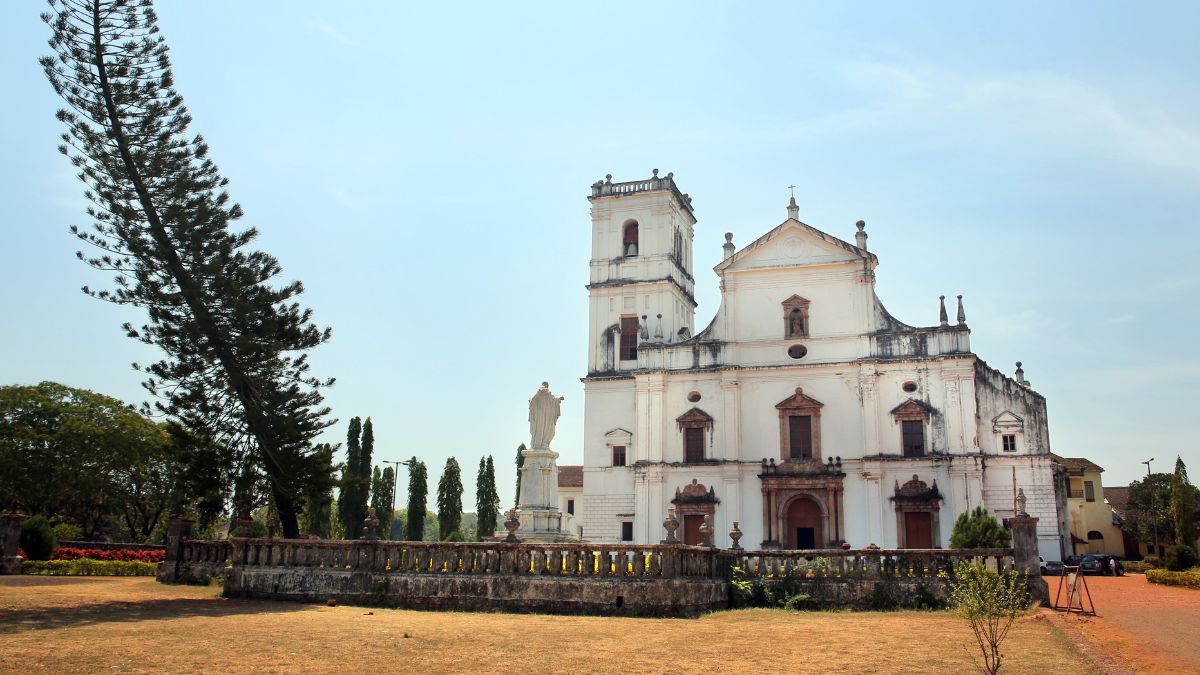Kalidasa (Classical Sanskrit Literature)
Kalidasa (Classical Sanskrit Literature)
Colonial Empires in Southeast Asia: Dutch, British, French

Colonial Empires in Southeast Asia: Dutch, British, French
In the tapestry of history, the colonial empires in Southeast Asia stand out as a riveting saga of ambition, conquest, and transformation. This region, a kaleidoscope of cultures, religions, and landscapes, became the canvas for European powers’ quest for dominion and wealth. Among these powers, the Dutch, British, and French carved their legacies into the heart of Southeast Asia, each leaving an indelible mark that would shape the destiny of millions.
The Dutch East India Company, a behemoth of trade and power, was the vanguard of European colonial ambition in Southeast Asia. With astute navigation and fierce resolve, the Dutch wove their influence into the very fabric of the Indonesian archipelago. Their legacy, a complex tapestry of commerce, conflict, and culture, transformed Indonesia. The spice trade, once the lifeblood of the region, became synonymous with Dutch enterprise, as they monopolized these precious commodities, enriching themselves and their homeland. The architectural marvels of Batavia (modern-day Jakarta) and the enduring cultural imprints on language, law, and administration bear testimony to their profound impact.
Across the shimmering waters, the British Empire embarked on its own journey of imperial ambition. The British crown jewel in Southeast Asia, Malaya, and later Singapore, became pivotal nodes in the vast network of British trade and military strategy. The establishment of Singapore by Sir Stamford Raffles in 1819 was a masterstroke of colonial vision, transforming a sleepy fishing village into a bustling port that stood at the crossroads of East and West. The British legacy in Malaya and Singapore is etched in the institutions of governance, education, and the English language, weaving a complex legacy of progress and exploitation.
Not to be overshadowed, the French embarked on their conquest of Indochina, painting Laos, Cambodia, and Vietnam with the hues of Parisian sophistication and imperial ambition. The French allure of liberty, equality, and fraternity was juxtaposed with the harsh realities of colonial domination. Yet, amidst this, the French left an architectural and cultural renaissance in their wake. The elegant boulevards of Hanoi and the grandeur of Angkor Wat, preserved under French stewardship, stand as monuments to their era of rule. The fusion of French and local cuisines, giving birth to dishes such as Banh Mi and Pho, are delectable remnants of a bittersweet legacy.
The impact of these colonial empires on Southeast Asia is a narrative of awe and reflection. The blend of European and Asian cultures has created societies of incredible diversity and resilience. Yet, the shadow of colonialism lingers in the political, social, and economic fabrics of these nations. The struggle for independence across the region was a testament to the indomitable spirit of its people, forging new identities from the crucible of colonial rule.
As the sun set on the colonial era, the nations of Southeast Asia embarked on their paths to self-determination. The legacies of the Dutch, British, and French are still palpable, woven into the very essence of these countries. Their stories, a complex interplay of conquest and culture, exploitation and exchange, continue to fascinate and instruct. The colonial empires of Southeast Asia, with their awe-inspiring sagas, remain a compelling chapter in the annals of human history, a reminder of the transformative power of ambition and the enduring spirit of the human quest for freedom and identity.